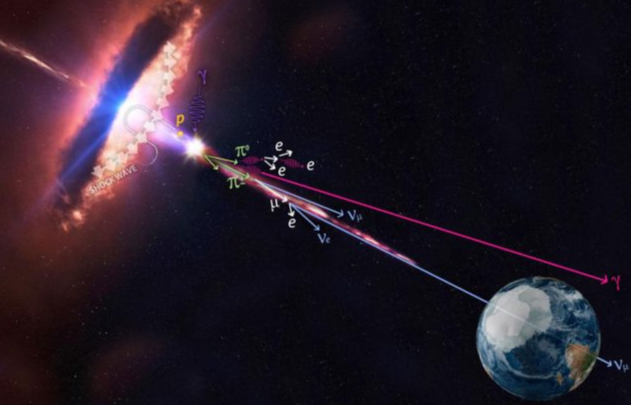Speaker
Description
The ultra-relativistic, highly collimated jets generated by Gamma-Ray Bursts (GRBs) provide crucial insights into particle emission. These jets also reveal the physical mechanisms driving the rapid release of high-energy gamma-ray photons. This presentation will discuss time-resolved and flux-resolved spectroscopy for the ultra-long GRB 220627A. The analysis spans a duration exceeding 1200 seconds using Fermi telescope data. Two prompt emission episodes observed by Fermi-GBM, separated by more than 500 s, were analyzed. Due to its unique characteristics, GRB 220627A serves as an excellent source for studying particle emission processes, small-scale variability, and central engine properties. To investigate gravitational lensing, the time bins of the first episode were correlated with those of the second episode. A coherent relationship was observed between flux and photon spectral distribution. This relationship was modeled using power law and exponentially cut-off power law models for both episodes. The hardness ratio was inconsistent across both episodes. LAT detected high-energy gamma-ray photons only for up to 700 seconds, thus ruling out gravitational lensing. These results suggest that GRB 220627A is an ultra-long GRB with two episodes rather than a lensed GRB. Our findings from spectral analysis reveal characteristics most consistent with those of an ultra-long GRB. Parameters such as isotropic energy, jet velocity, and burst duration align with the established limits for a blue supergiant progenitor, as the literature describes.

